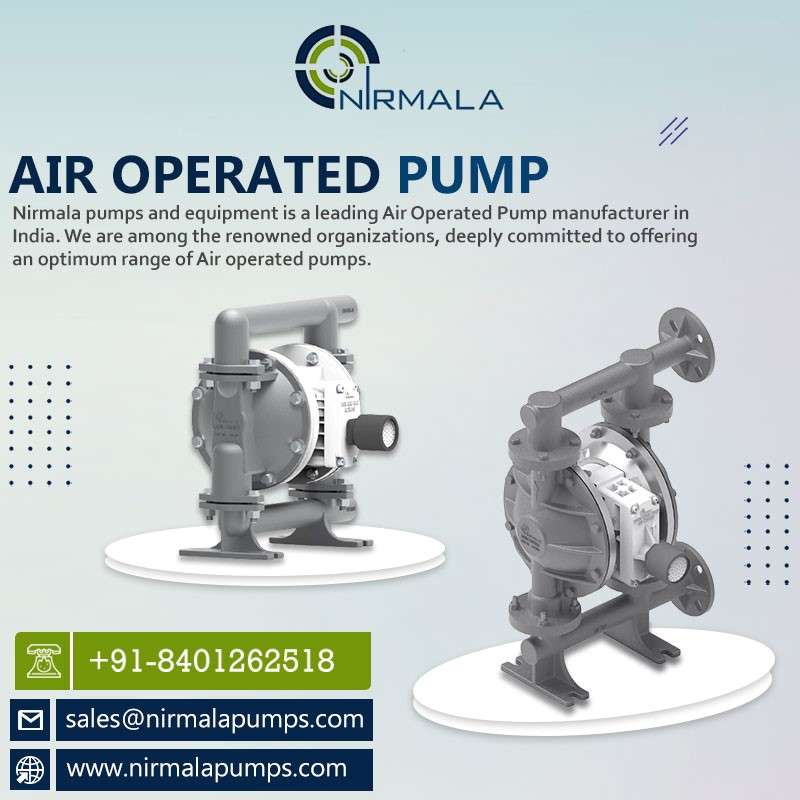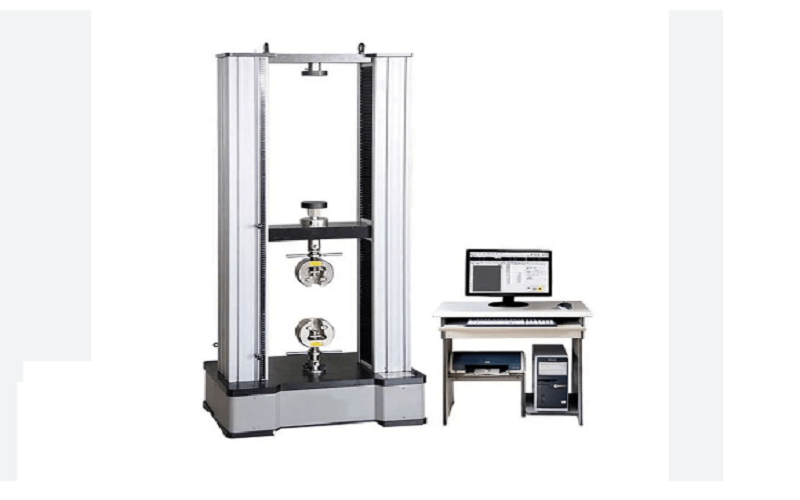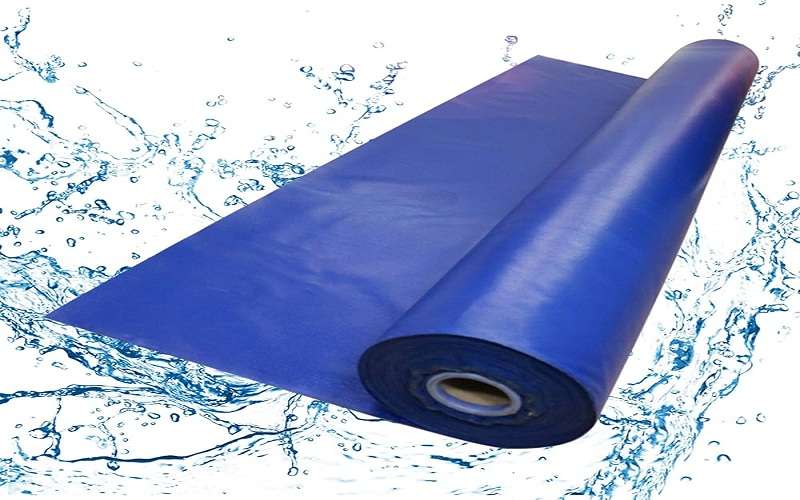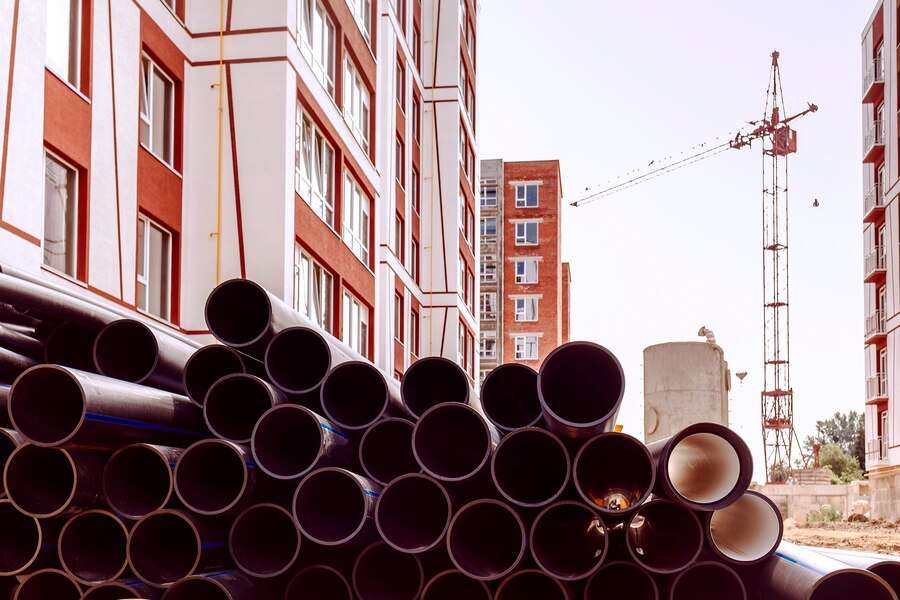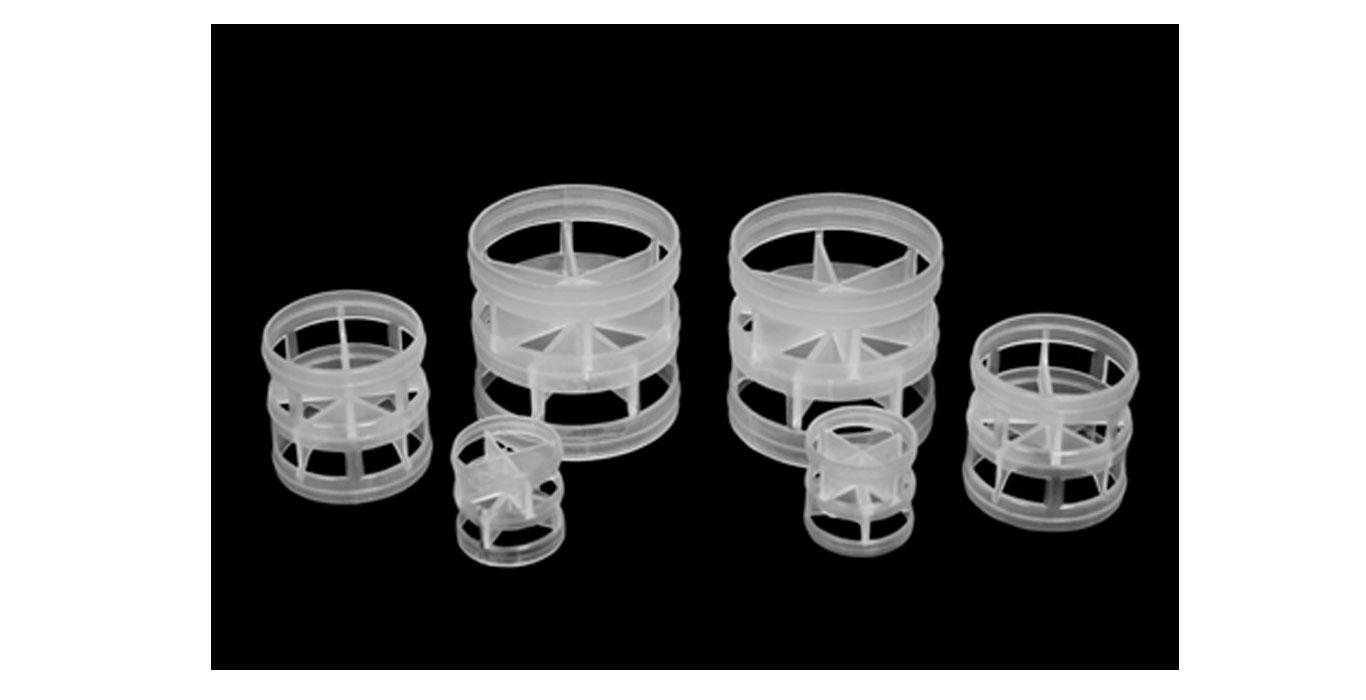In industries and applications where liquids need to be transferred efficiently, an Air Operated Pump has become a crucial tool. AOD pumps operate using compressed air and are known for their reliability, versatility, and cost-effectiveness. In this blog, we’ll explore the working operation, advantages, and essential maintenance tips for air-operated pumps.
A brief overview of what air operated pumps are and how they work
An Air Operated Pump, also known as a pneumatic pump, is a device that uses compressed air to move fluids. The pump is commonly used in various industries for tasks like transferring liquids, dispensing chemicals, and other fluid-handling applications. Here’s a simple overview of how they work:
Overview:
Air-operated pumps work on a basic principle of using compressed air to create a reciprocating motion, which in turn drives a piston or diaphragm to move a fluid. They are versatile and well-suited for situations where electricity or other power sources may not be practical or safe.
How They Work:
- Compressed Air Input: The pump is connected to a source of compressed air. This can be from an air compressor or a dedicated air supply system.
- Piston or Diaphragm Action: There are two common types of air operated pumps: piston pumps and diaphragm pumps.
- Piston Pumps: These pneumatic pumps use a reciprocating piston to draw in and expel the fluid. When compressed air is introduced, it pushes the piston in one direction, which forces the fluid out of the pump. When the air pressure is released, a spring or other mechanism returns the piston to its original position, creating a cycle.
- Diaphragm Pumps: Instead of a piston, these pumps use a flexible diaphragm to create a pumping action. When compressed air is applied to one side of the diaphragm, it flexes and pushes the fluid out. Then, when the air pressure is released, the diaphragm returns to its original position, drawing in more fluid.
- Check Valves: Air operated pumps are equipped with check valves. These valves ensure that the fluid flows in one direction only, preventing backflow.
- Fluid Transfer: As the piston or diaphragm moves, it creates a suction and discharge cycle, which facilitates the transfer of fluid from one location to another. This can be done in a continuous or intermittent manner, depending on the specific application.
Main Advantages of an Air Operated Pump
- Explosion-Proof: Since they operate on compressed air, air-operated pumps are intrinsically safe in potentially explosive environments where electric pumps could be hazardous.
- Variable Flow Rates: The flow rate of these pumps can often be easily adjusted by regulating the air pressure, providing flexibility in various applications.
- Compatibility with Viscous Fluids: AOD pumps are well-suited for handling viscous or abrasive fluids that might be challenging for other types of pumps.
- Simple and Robust Design: Air Operated Pumps have a relatively straightforward design, which means fewer components and less complexity compared to some other pump types.
- Safe Operation: They do not use electricity, which eliminates the risk of electrical hazards in environments where flammable or explosive materials are present.
- Dry Running Capability: Pneumatic pumps can run dry for short periods without suffering damage. This is a valuable feature as it helps prevent damage to the pump in case of low or intermittent fluid levels.
- Low Maintenance: Due to their simple design and fewer moving parts, Pneumatic pumps tend to require less maintenance compared to other pump types. This can lead to reduced downtime and lower operational costs.
- Portable and Easy to Install: Air operated pumps are often more compact and lightweight than their electric counterparts, making them easier to transport and install. This is especially advantageous in situations where mobility and flexibility are important.
- Cost-Effective: Depending on the specific application and operational requirements, air-operated pumps can be a cost-effective choice due to their relatively lower upfront costs, lower maintenance needs, and higher durability.
Troubleshooting Common Issues with Air Operated Pumps:
Here are some common problems you might face with air-operated pumps along with guidance on how to identify and resolve them:
Pump Fails to Start:
How to Identify: When you activate the pump, but it doesn’t start.
Possible Causes:
- Insufficient air pressure.
- Air supply valve closed or restricted.
- The diaphragm or valves are clogged or damaged.
How to Resolve:
- Check and adjust the air pressure to meet the air operated pump’s requirements.
- Ensure the air supply valve is fully open and free from any obstructions.
- Inspect and clean/replace the diaphragm and valves if necessary.
Loss of Pumping Efficiency:
How to Identify: Reduced flow rate or pressure output compared to normal operation.
Possible Causes:
- Air leaks in the air supply lines or connections.
- Worn or damaged diaphragm.
- Clogged or worn valves.
How to Resolve:
- Inspect air lines and connections for leaks and repair/replace as needed.
- Replace the diaphragm if it shows signs of wear or damage.
- Clean or replace valves if they are clogged or worn.
Excessive Noise and Vibration:
How to Identify: Unusual noise or excessive vibration during air operated pump operation.
Possible Causes:
- Misalignment of components.
- Loose or damaged parts.
- Air pressure set too high.
How to Resolve:
- Check for misaligned components and reposition if necessary.
- Tighten any loose bolts or connections, and replace damaged parts.
- Adjust the air pressure to the manufacturer’s recommended range.
Pump Stalls or Stops Suddenly:
How to Identify: The air operated pump stops abruptly during operation.
Possible Causes:
- Insufficient air supply.
- Clogged or damaged valves or diaphragm.
- Overloaded pump.
How to Resolve:
- Ensure an adequate and steady air supply.
- Inspect and clean/replace valves and diaphragm if necessary.
- Reduce the load on the pump if it’s operating near its capacity limit.
Always refer to the guidelines and maintenance instructions suggested by trusted Air Operated Pump Manufacturers in India for your specific pump model.
Conclusion
In this article, you learned about the advantages and maintenance tips of an AOD Pump. If you’re looking for some reputed Air Operated Pump Suppliers in India, look no further than Nirmala Pumps. We offer a wide range of pumps that you can explore by visiting our website. Contact us now to discuss your requirements for AOD pumps.
Frequently Asked Questions
What types of fluids can be pumped with an Air Operated Pump?
Air-operated pumps can handle a wide range of fluids, including water, oil, chemicals, and even some viscous materials.
What are some common applications of Air Operated Pumps?
They are used in industries like chemical processing, food and beverage, pharmaceuticals, mining, construction, and wastewater treatment.
What are the maintenance requirements for an Air Operated Pump?
Regular maintenance includes checking for air leaks, inspecting diaphragms or seals, and ensuring that air filters and lubrication systems are in good condition.
What is the typical lifespan of an Air Operated Pump?
The lifespan can vary depending on factors like usage, maintenance, and the quality of the pump. Generally, with proper care, they can last several years.
How can I select the right Air Operated Pump for my application?
Consider factors like the type of fluid, flow rate, pressure requirements, and any specific material compatibility requirements to choose the appropriate pump model. Consulting with a pump expert or manufacturer is also advisable.






